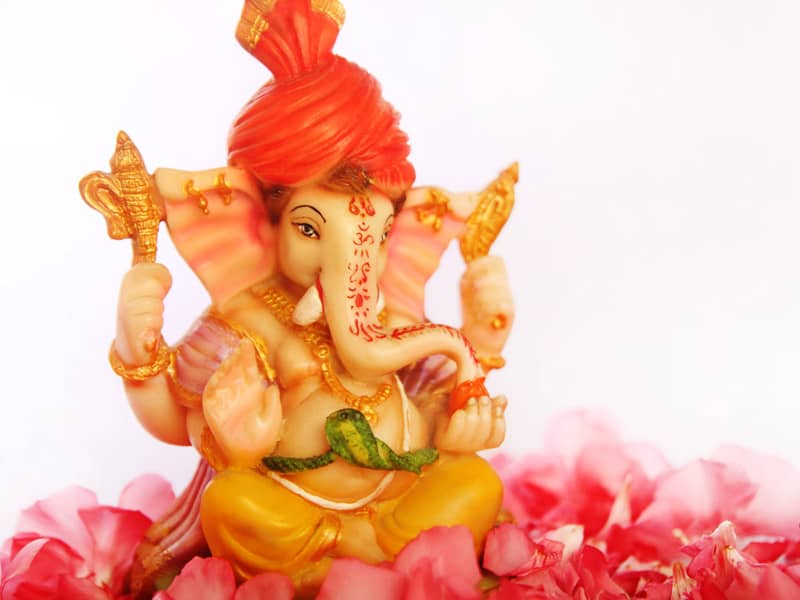Hindus are not idol worshippers in the sense implied. We Hindus invoke the presence of God, or the Gods, from the higher, unseen worlds, into stone images so that we can experience His divine presence, commune with Him and receive His blessings.
But the stone or metal Deity images are not mere symbols of the Gods; they are the form through which their love, power and blessings flood forth into this world.
We may liken this mystery to our ability to communicate with others through the telephone. We do not talk to the telephone; rather we use it as a means of communication with another person. Without the telephone, we could not converse across long distances; and without the sanctified icon in the temple we cannot easily commune with the Deity.
Divinity can also be invoked and felt in a sacred fire, or in a tree, or in the enlightened person of a satguru. In our temples, God is invoked in the sanctum by highly trained priests. Through the practice of yoga, or meditation, we invoke God inside ourself. Yoga means to yoke oneself to God within. The image or icon of worship is a focus for our prayers and devotions.
Another way to explain icon worship is to acknowledge that Hindus believe God is everywhere, in all things, whether stone or people. So, it is not surprising that they feel comfortable worshipping the divine in His material manifestation. The Hindu can see God in stone and water, air and ether, and inside his own soul.
The human mind releases itself from suffering, as shown by all the religions, through the use of forms and symbols that awaken reverence, evoke sanctity and spiritual wisdom. Even a fundamentalist Christian who rejects all forms of idol worship, including those of the Catholic and Episcopal Churches, would resent someone who showed disrespect for his Bible. This is because he considers it sacred.
In Hinduism one of the ultimate attainments is that the seeker transcends the need of all form and symbol. This is the yogi's goal. In this way Hinduism is the least idol-oriented of all the religions of the world. There is no religion that is more aware of the transcendent, timeless, formless, causeless Truth. Nor is there any religion which uses more symbols to represent Truth in preparation for that realization.

